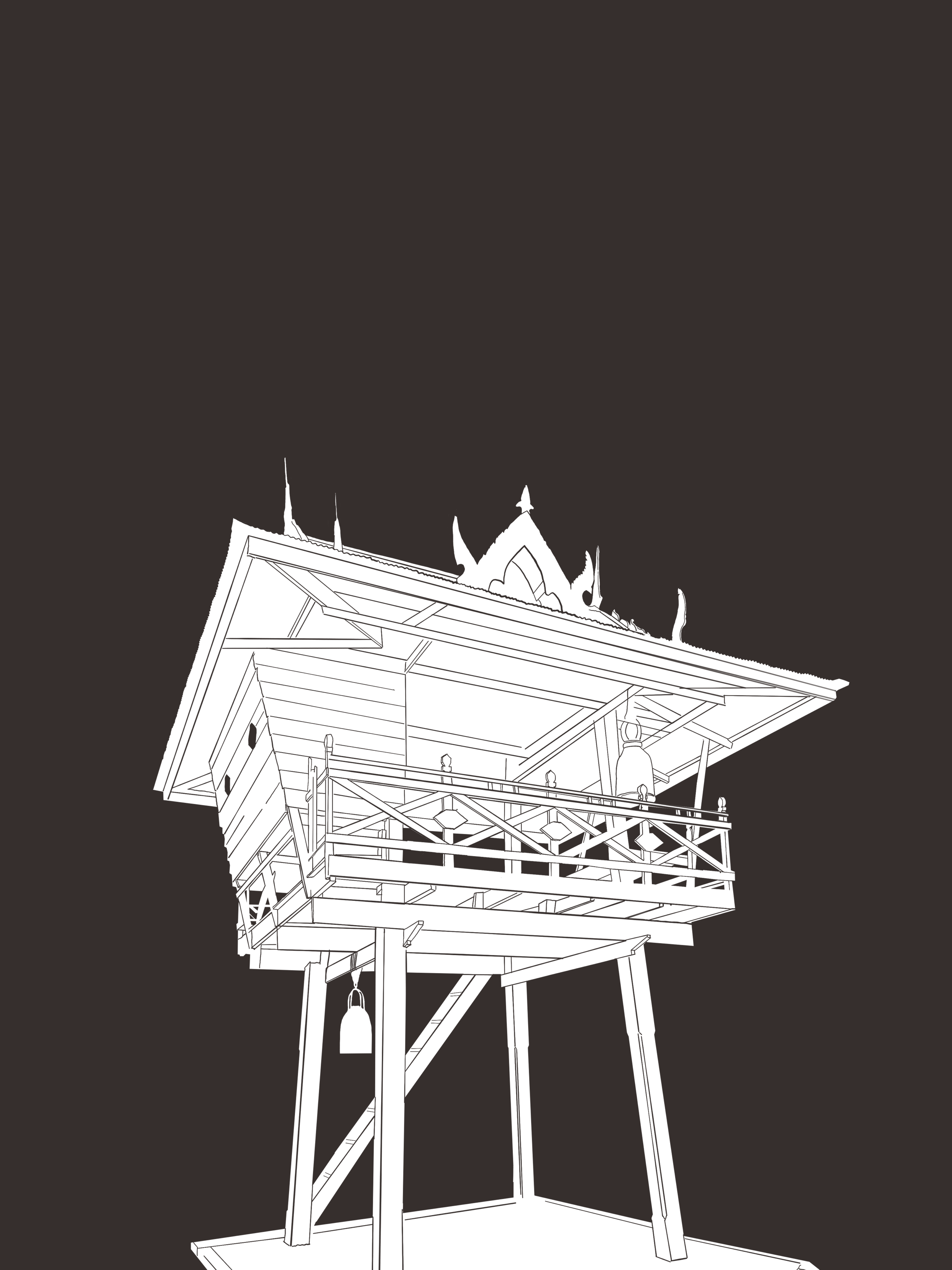A study of Khoksalung community identity for tower design guideline for cultural community tourism in Lopburi Province
Main Article Content
Abstract
This research aims to find the cultural identity and the way of life including to cognitive behavior on the conceptual framework of Khok Salung community’s identity. The collecting data method was divided into two parts; 1) the survey and data analysis of community belief cultur from documentary investigation 2) fieldwork research by survey ing within Khok Salung community, interviewing with 7 experts related to Khok Salung community and collecting a questionnaire of 50 people living in Khok Salung community. The enquiry focused on the relationship of beliefs with religion and life that expressed in a ritual form, people, and customs through stories or legends. Their believed that can be conveyed into the intangible assets of local exhibitions for tourism. The results suggest the following; 1) the local patterns of products should be natural pattern such as plain weaving patterns, a basket weave, geometric patterns such as squares, crossovers, and curves, 2) the tone color should represent the natural dyeing, 3) the materials should be more authentic and 4) the building style should be an architectural style in harmony with the local contexts.
Article Details
References
Cox, H. (1968). The restoration of a sense of place. Toronto: Ekistics 25.
Fuengfusakul, A. (2003). Attaluk.= identity : karn thopthuan trisadee lae krob naewkid. (In Thai) [Identity = identity : review of theory and conceptual framework]. Bangkok: National Research Council of Thailand: NRCT.
Lopburi Culture Office. (2016). Chumchon Thai Beng Baan Khoksalung. (In Thai) [Thai Beng community of Baan Khoksalung]. Retrieved July 21, 2019, from https://www.m-culture. go.th/lopburi/ewt_news.php?nid=391&filename=faq.
Malahom, C. (2012). Attaluk chumchon raktan su karn sueksa. (In Thai) [Community identity, the foundation for education]. Retrieved July 15, 2019, from https://www.pinu.blogspot. com/2017/11/community-identity-to-education.html.
Meakon, S. & Bejarananda, M. (2013). Phonkrathob karn thongthiao tor attaluk chumchon: koranee sueksa chumchon laeng thongthiao amphawa. (In Thai) [Tourism impact on community identity: case of Amphawa community]. Academic Journal: Faculty of Architecture, Khon Kaen University, 12(2), 1-19.
Onsalung, P. (2007). Phonlawat khong chumchon Thai (phakklang) chak phainai su khon nok. (In Thai) [The dynamics of the Thai community (central region) from the insider to outsider]. Bangkok: Rajabhat University Phranakhon.
Panyapinyophon, K. (2006). Wijai choeng patibatkarn: neawtang samrab kru. (In Thai) [Action research: a guide for teachers]. Bangkok: Nantaphan Printing.
Phumaton, P. (1999). Moradok wattanatham Thai Beng lummaenam Pasak nai khet tee dai rab phonkrathob chak karn sang Khuean Pasak. (In Thai) [Thai culture heritage Pasak river valley in areas affected by the Pasak Dam]. Bangkok: P.A. Living.
Relph, E. (1980). Place and placelessness. London: Pion.
Saichompoo, S. (2009). Karn thongthiao choeng niwet bon than kwam laklai tang chiwaphap lae phumpanya thongthin phuea karn pattana setthakit nai phue tee Kung Bang Kachao amphoe Phra Pradaeng changwat Samut Prakan. (In Thai) [Development and restoration of local arts and culture of the Bang Kachao community for tourism]. Bangkok: Phranakhon Rajabhat University.
Sankham, P. & Sirachaiyanan, E. (2017). Karn sueksa auttaluck tang satapattayakam kong chumchon rimnum Chanthaboon pean pen naw tang kan aokbab sapabwadlom painai ranka. (In Thai) [A study on the architectural identity of the Chanthaboon waterfront community]. Built Environment Inquiry (BEI): Faculty of Architecture, Khon Kaen University, 16 (1), 41-54.
Sanoff, H. (2000). Community participation methods in design and planning. New York: John Wiley & Sons.


